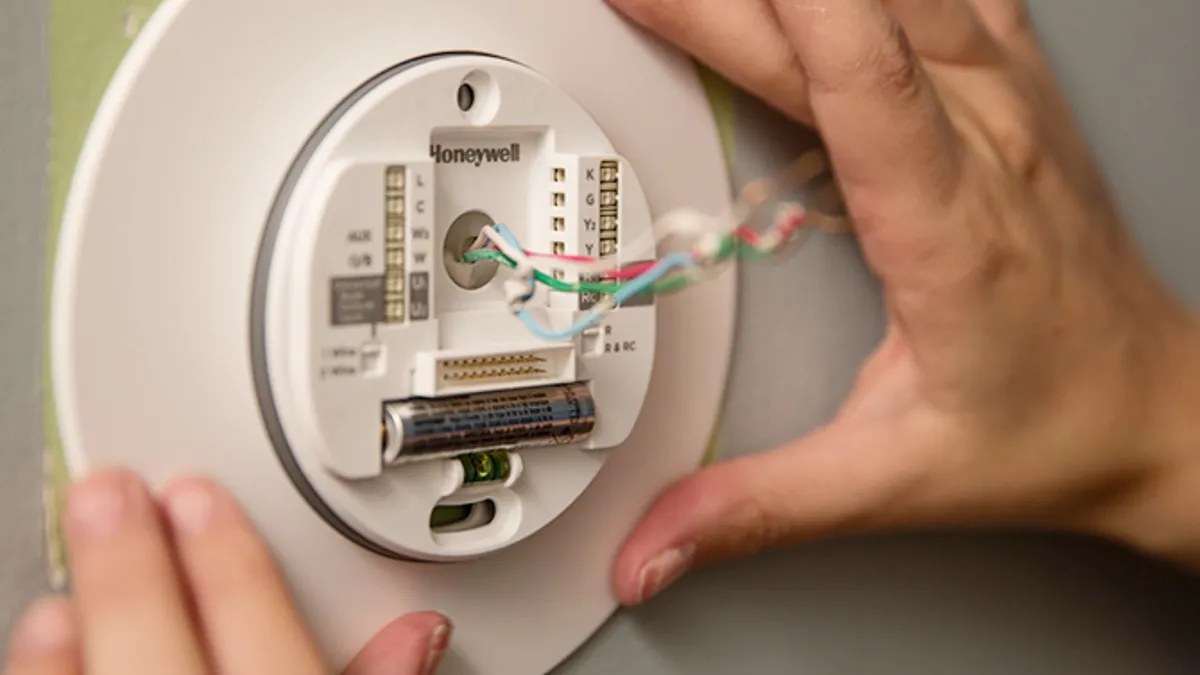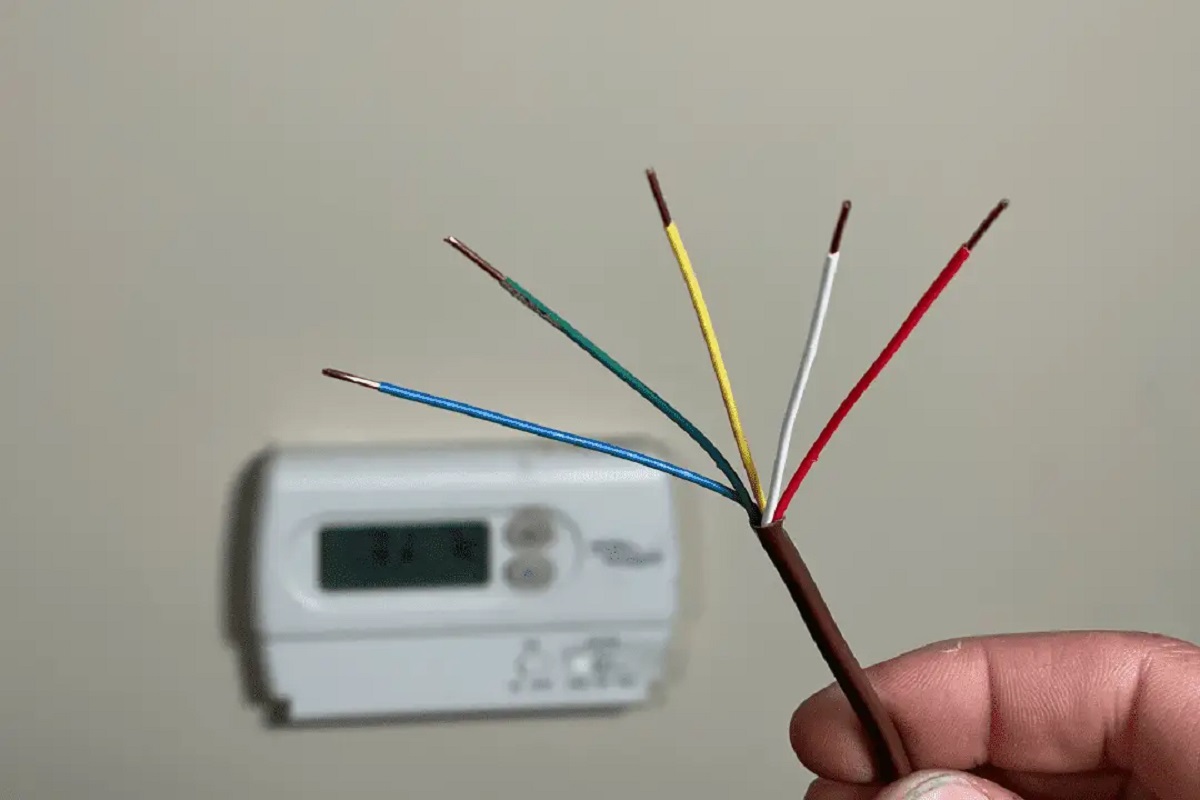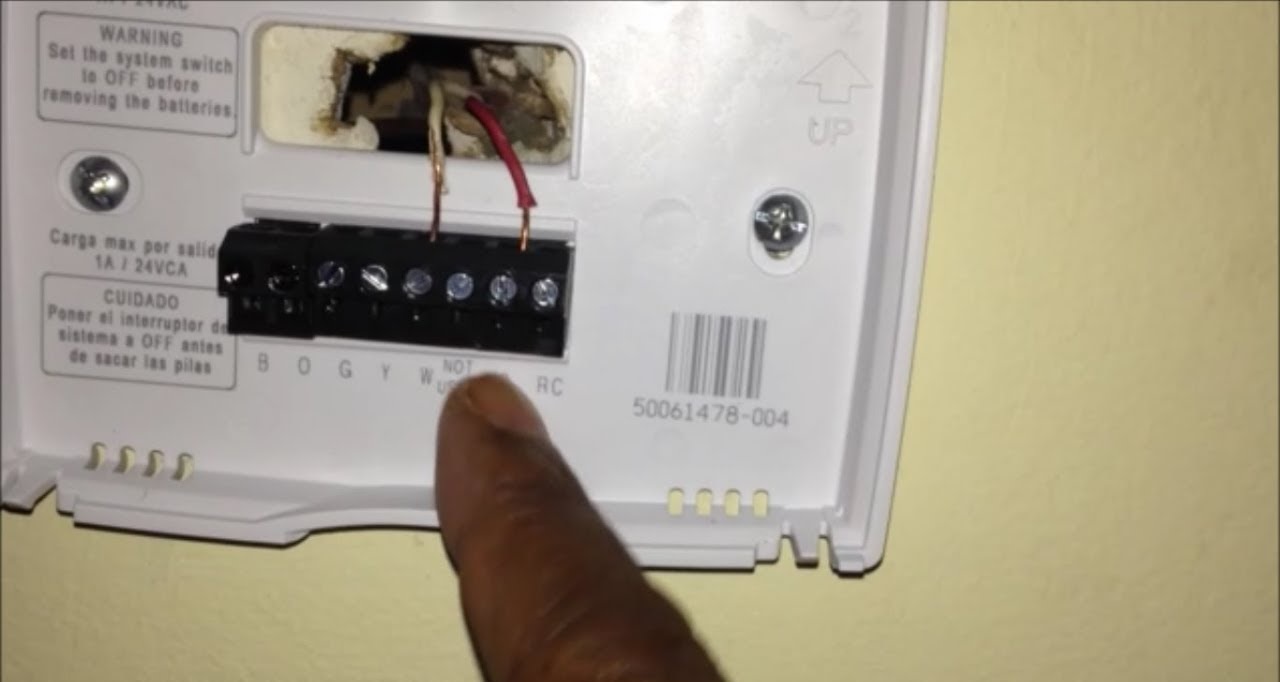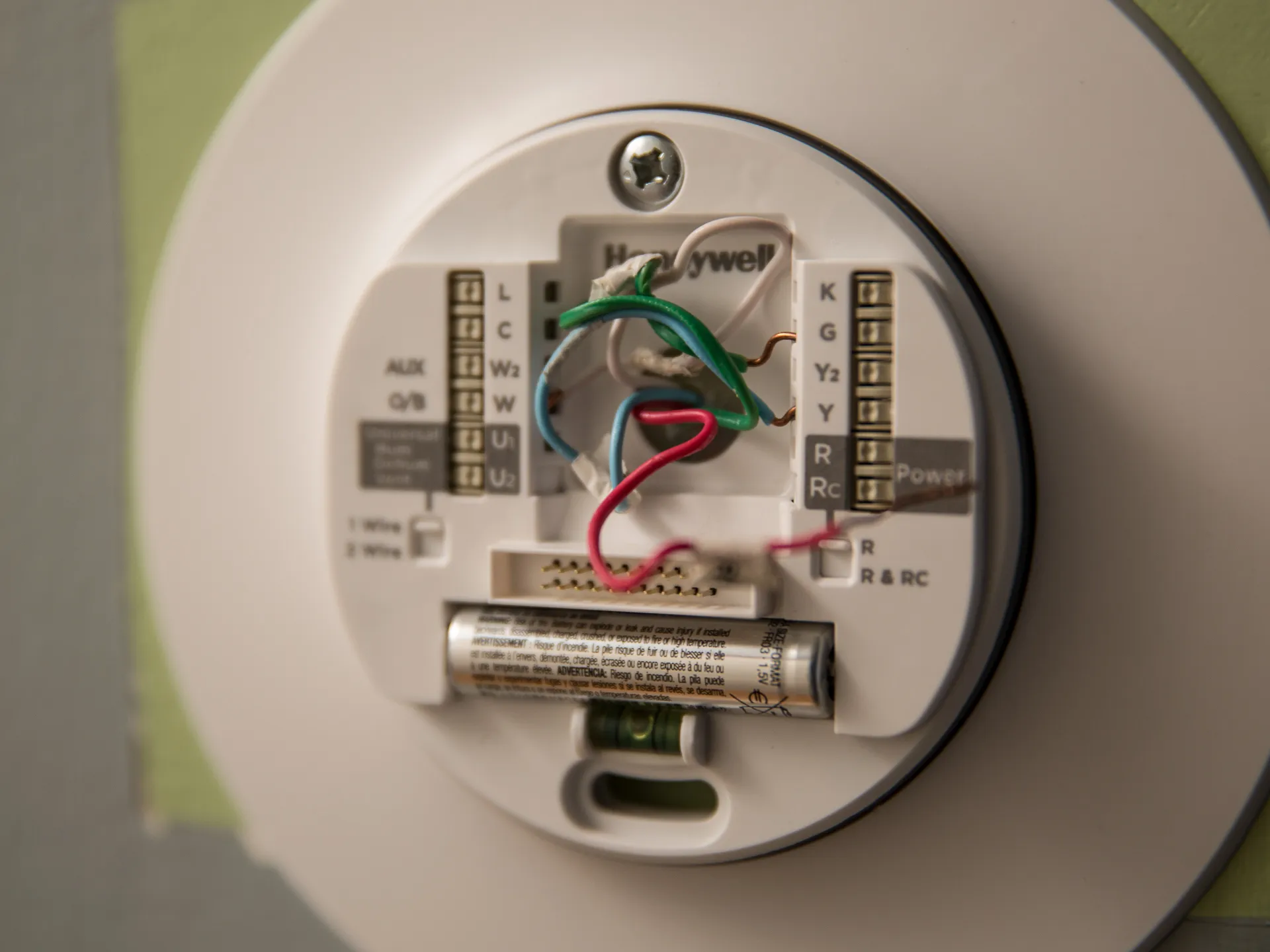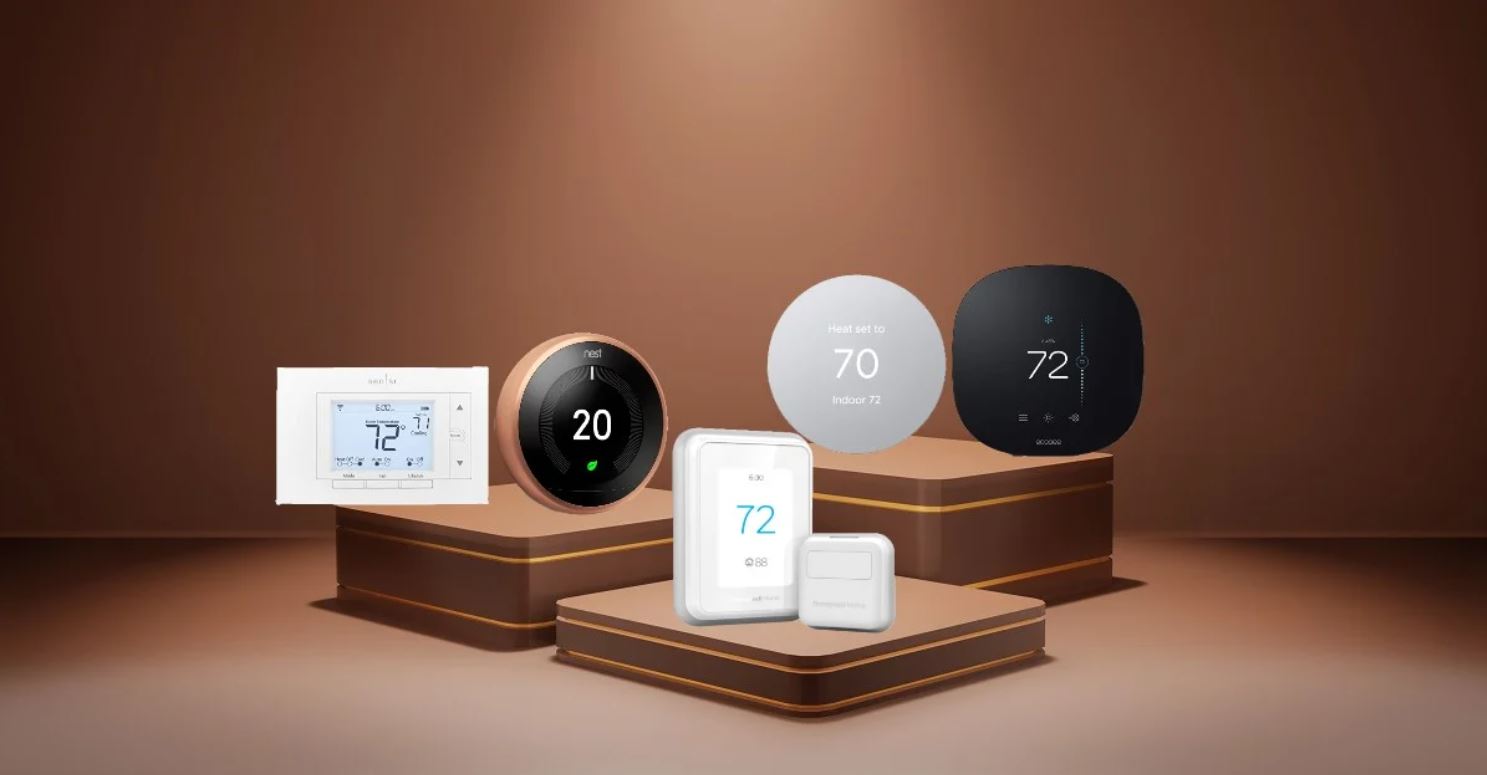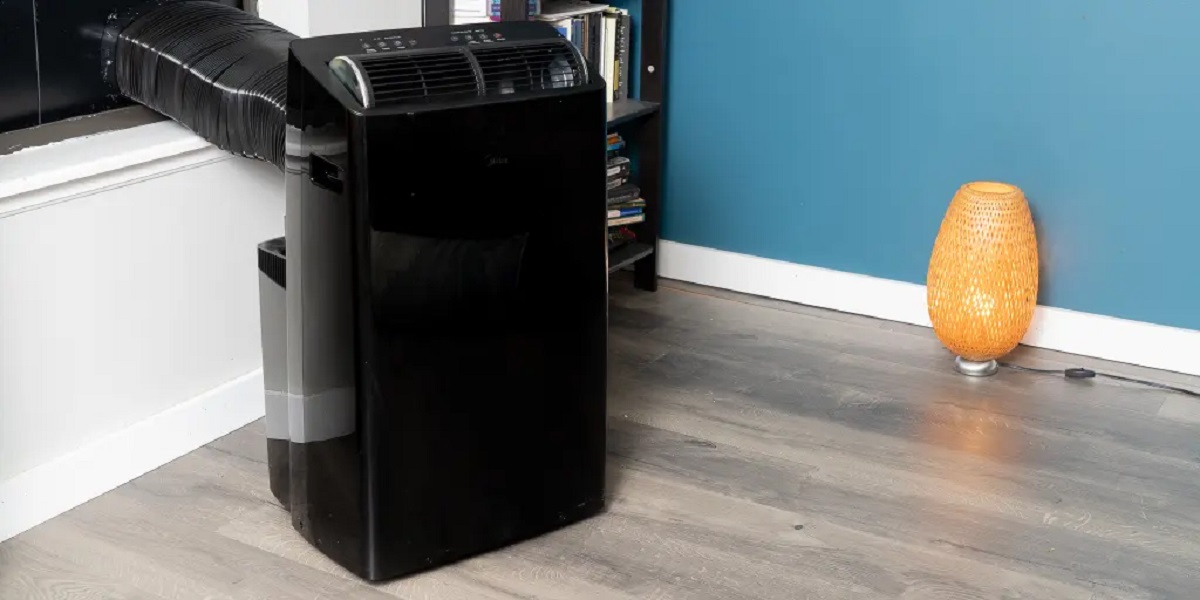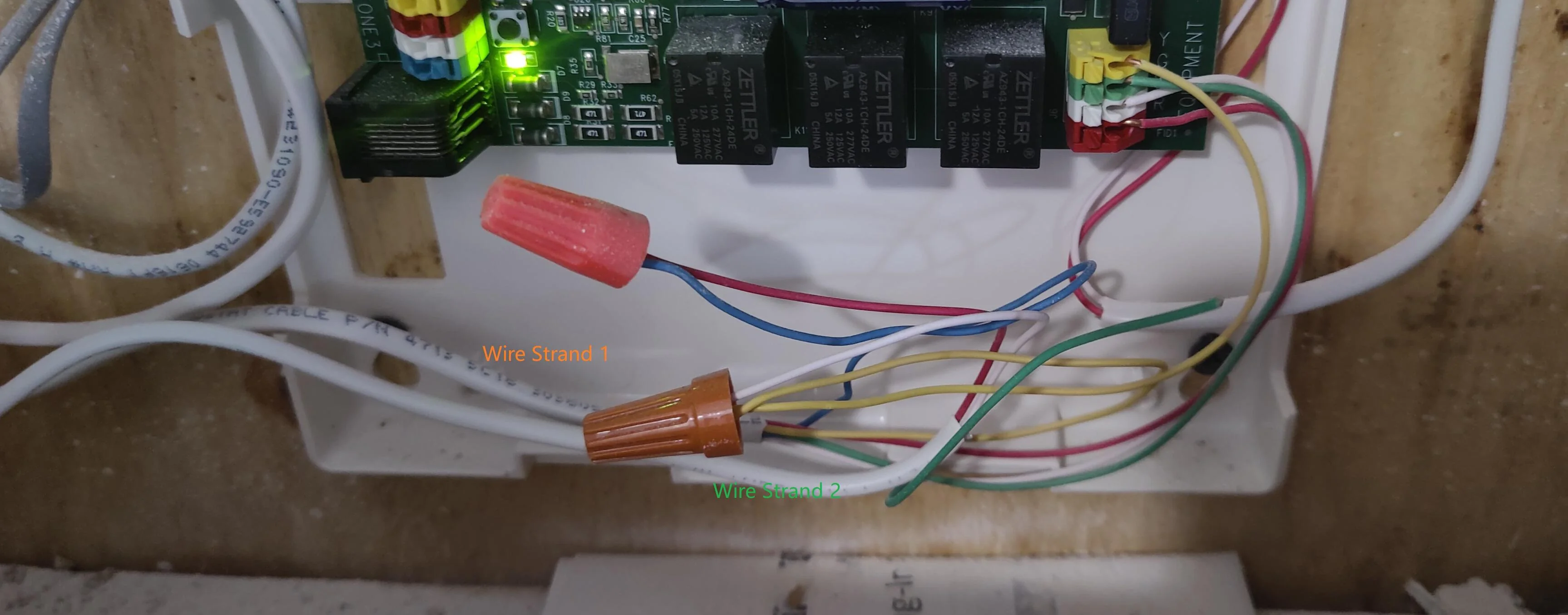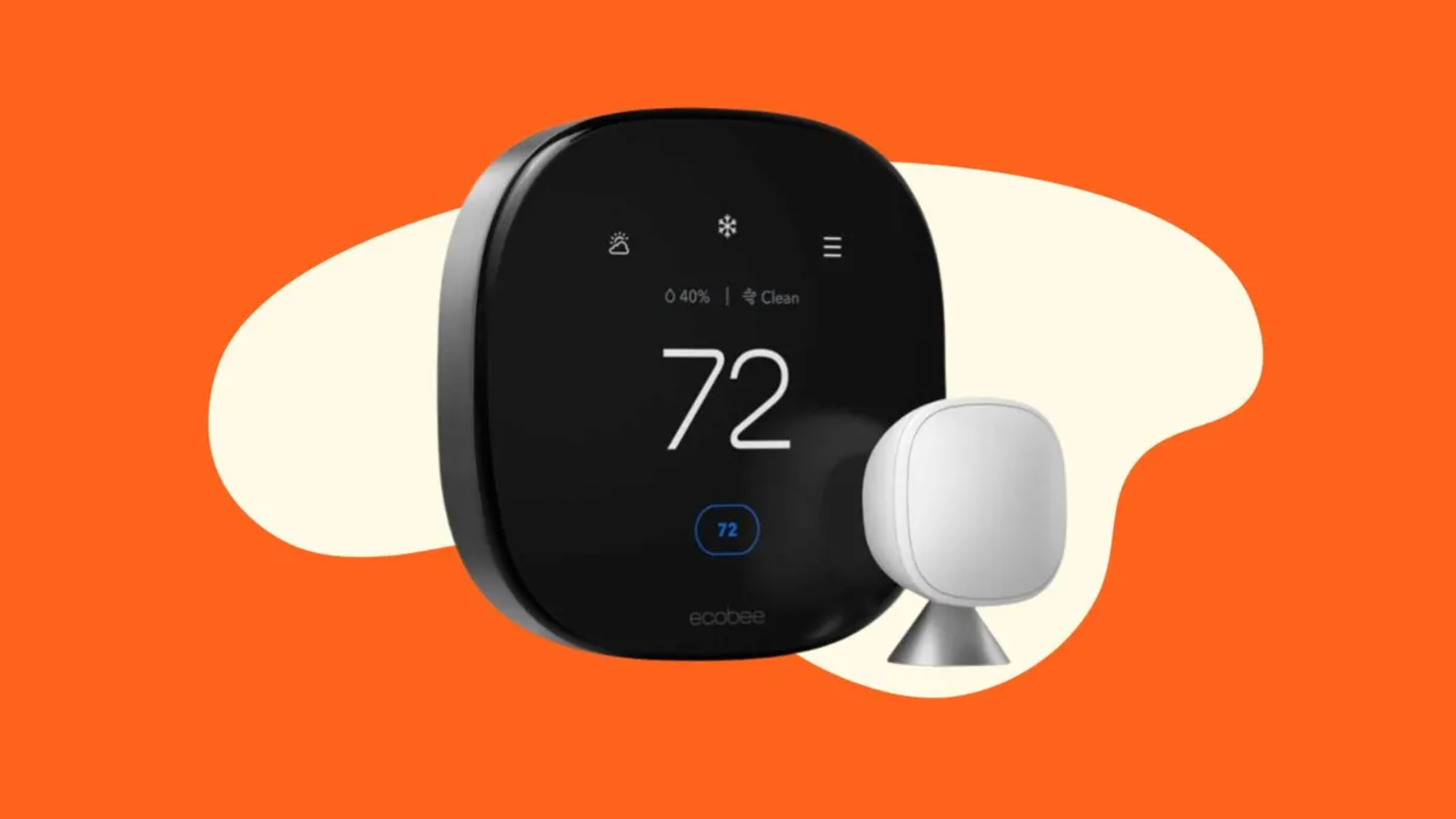What Is a C Wire?
A C wire, short for “common wire,” is an essential component in the installation of a smart thermostat. It is a low-voltage wire that provides a continuous power supply to the thermostat, allowing it to operate effectively. Unlike other wires that are used for specific functions like heating, cooling, or fan control, the C wire serves as a steady source of power throughout the operation of the thermostat.
The C wire is typically labeled with the letter “C” or “COM” and is connected to the HVAC (heating, ventilation, and air conditioning) system’s control board. It completes the circuit and provides the necessary electrical current for the thermostat to function properly.
While older thermostats may not require a C wire as they draw power from batteries, smart thermostats are more advanced and feature-rich, requiring a constant source of power to support features like Wi-Fi connectivity, touchscreen displays, and programmable settings.
Without a C wire, smart thermostats may experience issues such as intermittent power loss, reduced functionality, or unreliable performance. Therefore, it is important to ensure that your HVAC system has a C wire or take necessary steps to install one before attempting to install a smart thermostat.
Why Does a Smart Thermostat Need a C Wire?
A smart thermostat offers numerous benefits, including remote control, energy savings, and enhanced comfort. However, these advanced features require a reliable and uninterrupted power supply, which is why a C wire is essential for a smart thermostat.
One of the main reasons why a smart thermostat needs a C wire is to power its Wi-Fi connectivity. Wi-Fi enables the thermostat to connect to your home network, allowing you to control it remotely through a mobile app or web interface. This feature allows you to adjust the temperature, create schedules, and monitor energy usage from anywhere, providing convenience and flexibility.
In addition to Wi-Fi connectivity, smart thermostats come equipped with touchscreens or LCD displays, which require a constant power supply. These displays allow you to view and configure temperature settings, access menu options, and monitor energy usage. Without a C wire, the display may flicker or shut off intermittently, making it difficult to interact with the thermostat effectively.
Another crucial function of a smart thermostat that relies on a C wire is its programmable capabilities. A C wire ensures that the thermostat maintains power even when it’s not actively heating or cooling. This allows the thermostat to remember and execute programmed schedules, maintaining desired temperature levels and energy efficiency without relying solely on battery power.
Furthermore, features like geofencing, which uses your smartphone’s location to adjust the temperature when you’re away or returning home, also rely on continuous power provided by the C wire. Without a C wire, these features may not work accurately or consistently, compromising the overall performance and convenience expected from a smart thermostat.
Ultimately, a C wire is necessary for a smart thermostat to function optimally and take advantage of its advanced features. It ensures a reliable power supply, allowing for seamless operation, connectivity, programmability, and enhanced energy efficiency. Before installing a smart thermostat, it’s essential to check if your HVAC system has a C wire or take the necessary steps to install one for optimal performance.
How Does a C Wire Work?
A C wire, also known as a common wire, plays a crucial role in the operation of a smart thermostat. It provides a continuous source of power, enabling the thermostat to function effectively.
The C wire works as part of a low-voltage circuit that connects the thermostat to the HVAC system’s control board. It completes the electrical circuit and acts as a pathway for the flow of current to the thermostat.
Typically, the C wire is connected to the “C” terminal on both the thermostat and the HVAC system’s control board. It is usually colored black or has a label indicating its function. The other wires, such as the R (power), W (heat), Y (cooling), and G (fan), are also connected to their respective terminals.
When the HVAC system is powered on, whether by a furnace, air conditioner, or heat pump, the C wire completes the circuit and allows a continuous flow of low-voltage power to the thermostat. This steady power supply enables the thermostat to perform various functions, such as controlling temperature, displaying information, and communicating with the HVAC system and other connected devices.
The C wire is typically connected to a transformer in the HVAC system, which converts high-voltage power from the electrical grid to low-voltage power suitable for the thermostat. This transformer supplies power to both the HVAC system’s control board and the thermostat, ensuring they have a constant source of electricity.
Without a C wire, the thermostat may rely on batteries to operate. However, this can be problematic for smart thermostats that require more power to support advanced features like Wi-Fi connectivity, touchscreen displays, and programmable settings. Over time, batteries may deplete, leading to unreliable performance and the need for frequent battery replacement.
In summary, a C wire acts as a continuous power supply for a smart thermostat. It completes the low-voltage circuit, allowing for seamless operation and the utilization of advanced features. By providing a reliable source of power, the C wire ensures that the thermostat can control temperature settings, display information, and communicate with the HVAC system effectively.
How to Know if You Have a C Wire?
If you are considering installing a smart thermostat, one important factor to consider is whether your HVAC system has a C wire. Not all homes have a C wire already installed, but there are a few ways to determine if you have one or not.
The easiest way to check if you have a C wire is to examine the wiring connections on your existing thermostat. Most thermostats have a terminal labeled “C” or “COM” which is where the C wire would be connected. Look for a wire connected to this terminal; if you find one, then you have a C wire.
If you are unable to access your existing thermostat or the wiring behind it, you can check your HVAC system’s control board. The control board is typically located near the HVAC unit or inside the furnace or air handler. Open the access panel and look for a terminal strip with labeled connections. Look for a terminal labeled “C” or “COM” and check if there is a wire attached to it.
If you don’t find a wire connected to the C terminal, it is possible that the C wire is present but not in use. In some cases, the wire may be tucked away behind the wall or unused at the control board. You may need to trace the wiring from the thermostat to the control board to confirm its presence.
If you have difficulty identifying the C wire, it is recommended to consult a professional HVAC technician who can assist you in determining the presence of a C wire and provide guidance on proper installation.
In summary, to determine if you have a C wire for your smart thermostat, check the wiring connections on your existing thermostat or the control board of your HVAC system. If you find a wire connected to the C terminal, then you have a C wire. If you are unsure or unable to locate the C wire, it’s best to seek professional assistance.
How to Install a C Wire for a Smart Thermostat?
If you have determined that your HVAC system does not have a C wire but you want to install a smart thermostat that requires one, you have a few options for adding a C wire. Here are the steps to follow:
- Turn off the power: Before starting any electrical work, ensure that the power to your HVAC system is turned off. You can do this by switching off the circuit breaker or removing the fuse that controls the HVAC system.
- Locate the transformer: The transformer is usually located near the HVAC system or inside the furnace or air handler. It converts high-voltage power to low-voltage power and is the source of the C wire. Identify the transformer and ensure it is easily accessible.
- Connect the C wire at the control board: Open the access panel to your HVAC system’s control board. Locate the terminal strip with various labeled connections. Connect one end of the additional wire (which will serve as the C wire) to the C terminal on the control board. Use a wire stripper to strip about 1/2 inch of insulation from the end of the wire and securely attach it to the terminal.
- Connect the other end at the thermostat: Route the additional wire from the control board to the location of your new smart thermostat. Attach the other end of the wire to the C terminal on the thermostat. Follow the manufacturer’s instructions for connecting the wire, usually by loosening a screw or using a terminal block.
- Secure the wires: Once the C wire is connected at both ends, make sure to secure the wires using wire clips or cable ties. This will help prevent any accidental disconnection or interference with other components.
- Restore power: After the C wire is installed and the connections are secure, restore power to the HVAC system by switching on the circuit breaker or reinstalling the fuse.
- Configure your smart thermostat: Follow the manufacturer’s instructions to set up and configure your smart thermostat. The thermostat should now detect the C wire and register it as a power source, allowing it to function properly.
If you are uncomfortable with electrical work or unsure about the installation process, it is best to consult a professional HVAC technician. They have the knowledge and expertise to properly install a C wire for your smart thermostat and ensure it is compatible with your HVAC system.
What to Do if You Don’t Have a C Wire?
If your HVAC system does not have a C wire and you want to install a smart thermostat that requires one, don’t worry. There are a few alternative options you can consider:
- Use a power extender kit: A power extender kit, also known as a C wire adapter or add-a-wire kit, can be used to provide power to your smart thermostat without the need for a C wire. This kit typically includes a module that connects to the control board and provides a C wire connection. It then converts the existing wiring into a compatible configuration for the smart thermostat. Follow the manufacturer’s instructions to install and configure the power extender kit.
- Utilize a G wire as a C wire: In some cases, the G wire, which is typically used for the fan, can be repurposed as a C wire. This method involves rewiring the G wire at both the control board and the thermostat to serve as a continuous power source. However, keep in mind that this option will disable the fan control function of your thermostat.
- Consider using the PEK if provided: Some smart thermostat models come with a Power Extension Kit (PEK). The PEK can be used when you don’t have a C wire by connecting it to the existing wiring at the control board. It uses the power from the R and Rc wires to provide power to the thermostat. Refer to the manufacturer’s instructions to properly install the PEK for your specific thermostat model.
- Consult a professional: If you are not comfortable with rewiring or using alternative options, it is recommended to seek the assistance of a professional HVAC technician. They can evaluate your HVAC system and provide advice on the best solution for adding a C wire or powering your smart thermostat.
It’s important to note that while these alternative methods can provide power to your smart thermostat, they may have limitations or affect the functionality of certain features. It’s always a good idea to carefully read the manufacturer’s instructions and consider consulting with a professional to ensure proper installation and compatibility with your HVAC system.
Alternative Options for Powering a Smart Thermostat?
If you’re unable to install a C wire for your smart thermostat or prefer alternative methods of powering it, there are a few options you can consider:
- Power from HVAC system: Some smart thermostats can be powered directly from the HVAC system without the need for a C wire. These thermostats utilize a combination of the R (power) and Rc (cooling power) wires to draw power. It’s important to check the specifications of the smart thermostat you plan to install to see if this power option is supported.
- Battery-powered thermostats: If your HVAC system doesn’t have a C wire and the alternative powering options aren’t suitable, you can opt for a battery-powered smart thermostat. Battery-powered thermostats rely solely on batteries to function. However, keep in mind that you’ll need to regularly replace the batteries to ensure uninterrupted operation.
- Plug-in power supply: Another option is to use a plug-in power supply or transformer to provide power to your smart thermostat. This involves plugging the power supply into a nearby electrical outlet and connecting it to the thermostat. Make sure to choose a power supply that meets the voltage and current requirements of your specific thermostat model.
- USB power: Some smart thermostats can be powered through a USB connection. This option requires a USB power source, such as a wall adapter or a USB port on a nearby device. Ensure that the USB power source can supply sufficient power for the thermostat’s requirements.
Before deciding on an alternative power option, it’s essential to carefully read the manufacturer’s instructions and check the compatibility of the smart thermostat with the chosen power method. Additionally, consider the limitations and potential drawbacks of each option, such as battery replacement or reliance on external power sources.
If you’re unsure about the best alternative option for your specific case, it is recommended to consult with a professional HVAC technician. They can assess your HVAC system, provide guidance on suitable alternatives, and ensure proper installation for optimal performance of your smart thermostat.
Conclusion
Installing a smart thermostat can bring many benefits to your home, including increased energy efficiency, convenience, and comfort. However, it is crucial to ensure that your HVAC system has a C wire or explore alternative options for powering the thermostat.
The C wire, also known as a common wire, provides a continuous power supply to the thermostat, allowing it to operate effectively. It is essential for smart thermostats that offer advanced features like Wi-Fi connectivity, touchscreen displays, and programmable settings.
If you don’t have a C wire, there are several options available. You can use a power extender kit, repurpose the G wire as a C wire, utilize a Power Extension Kit (PEK), or consult a professional HVAC technician for guidance. Alternatively, you can consider battery-powered thermostats, plug-in power supplies, or USB power options.
Before attempting any installation or modification, it is vital to turn off the power to your HVAC system and thoroughly read the manufacturer’s instructions. If you’re uncertain or uncomfortable with the process, it’s recommended to seek the assistance of a professional HVAC technician who can ensure a safe and proper installation.
Ultimately, whether you have a C wire or need to explore alternative options, installing a smart thermostat can greatly enhance your home’s energy efficiency and comfort. It allows you to easily control and adjust temperature settings, create customized schedules, and monitor energy usage.
By taking the necessary steps to power your smart thermostat effectively, you can fully enjoy the convenience and energy-saving benefits it offers, while also improving the overall functionality and performance of your HVAC system.







